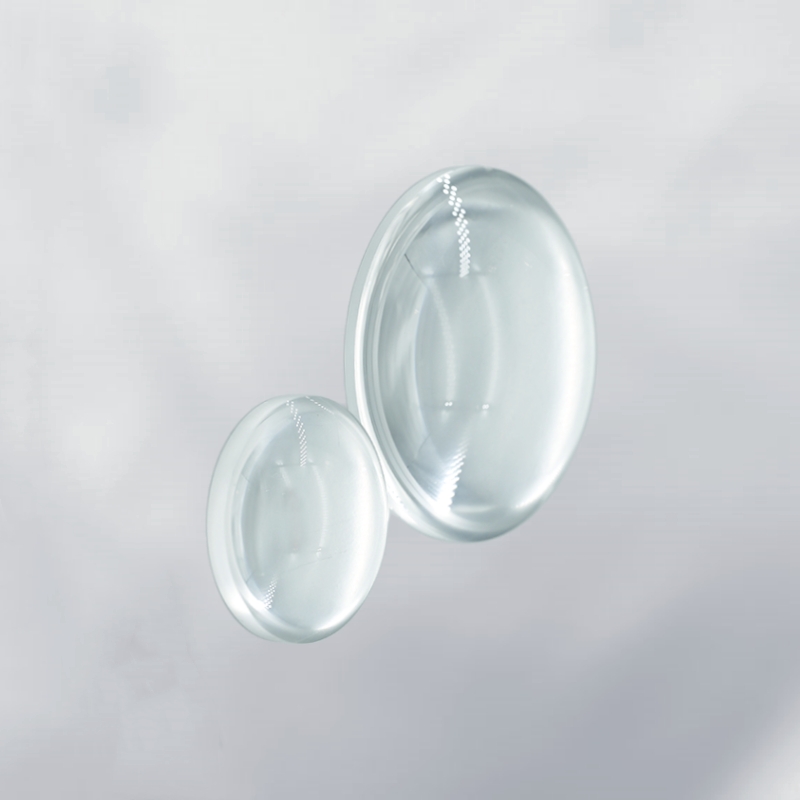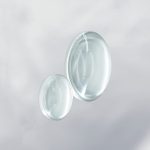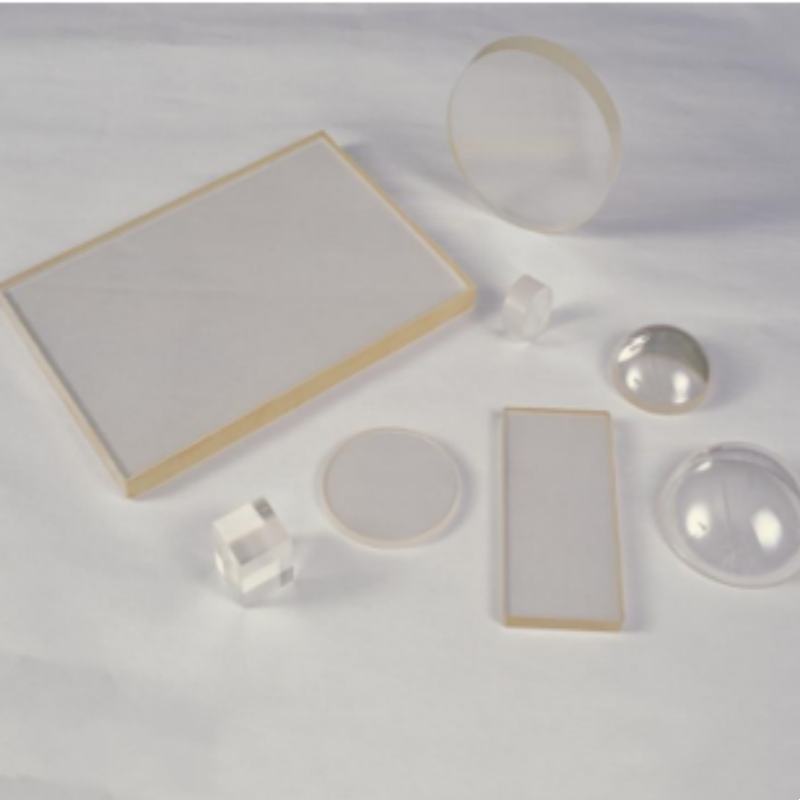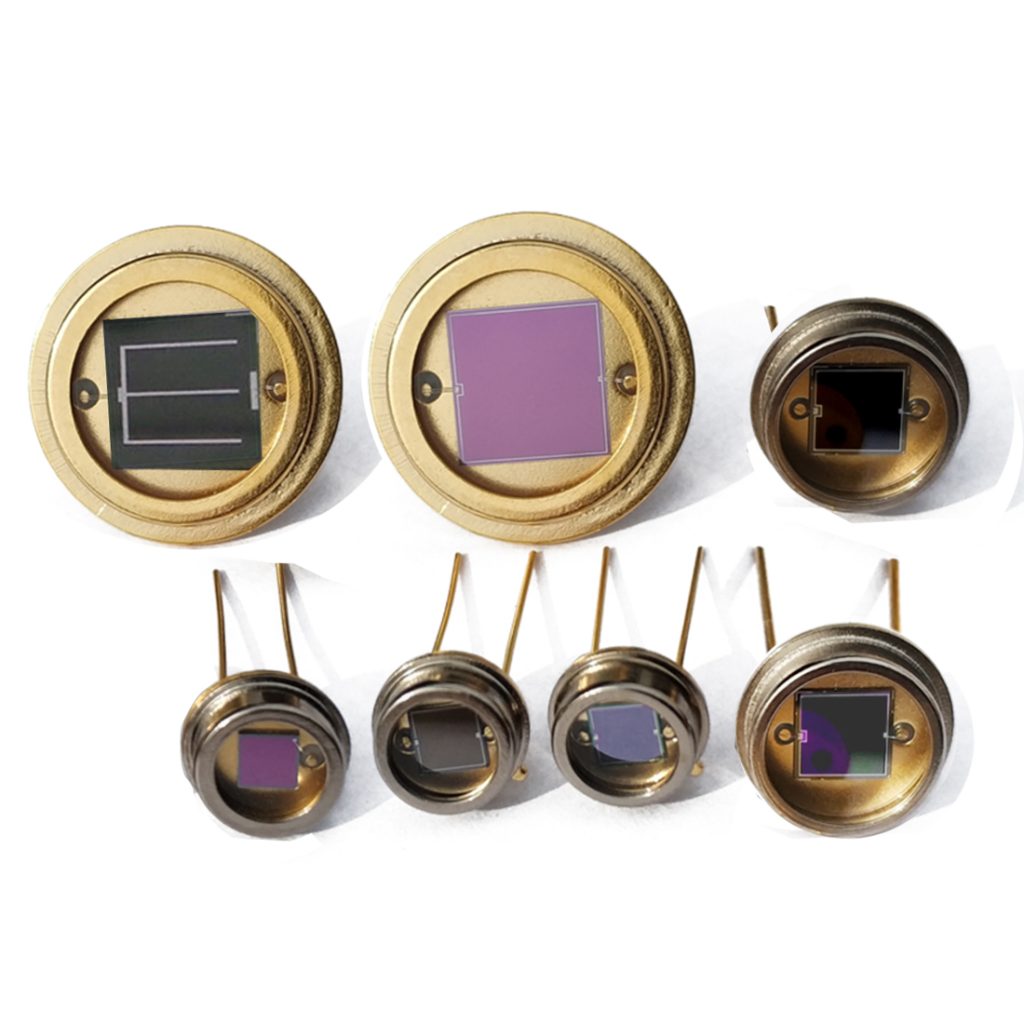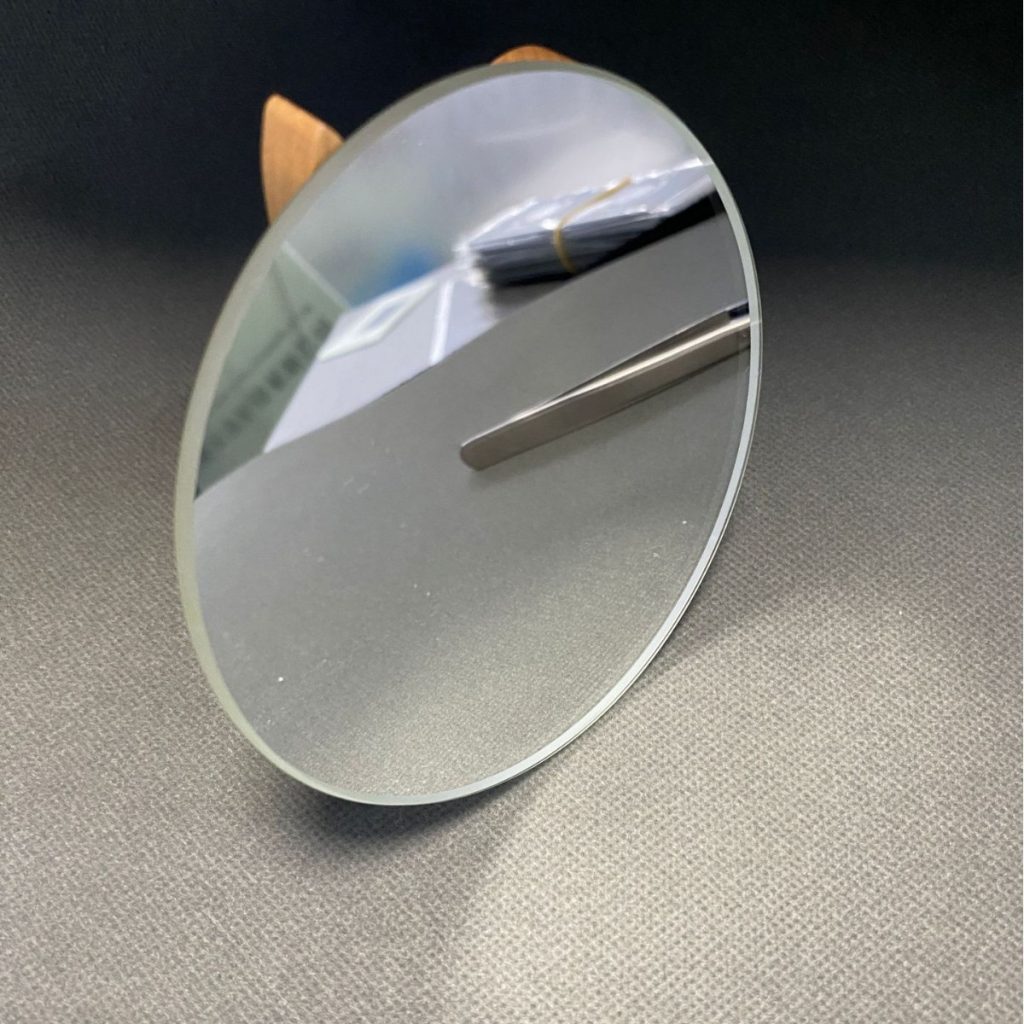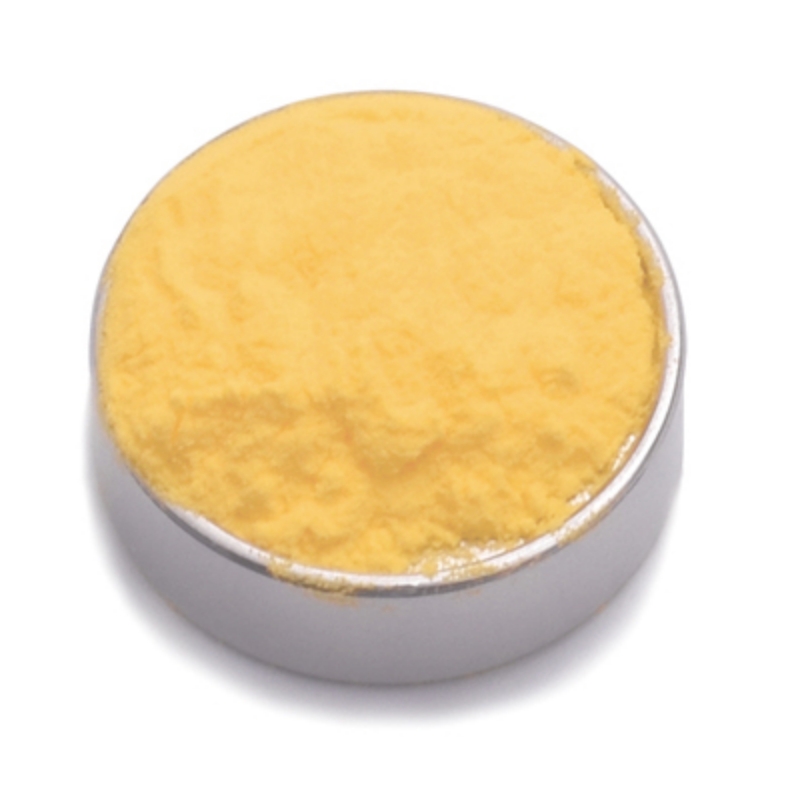Lithium fluoride plano-convex lens is a high-performance optical component designed for superior ultraviolet and infrared transmission, exceptional thermal stability, and precise light focusing. Manufactured from high-purity LiF, it offers outstanding optical clarity, minimal distortion, and strong resistance to environmental degradation. This lens is widely used in laser systems, spectroscopy, aerospace applications, and precision scientific instruments, ensuring optimal optical performance for advanced imaging and beam-shaping applications.
Product Overview
The lithium fluoride plano-convex lens is an optical component made from lithium fluoride crystal material, designed with one flat surface and one convex surface. It offers excellent optical performance, especially for shaping and resizing light beams. Lithium fluoride has a wide transmission range (110 to 6,600 nm) and high transmittance, particularly in the infrared range (especially in the mid to long-wave infrared, such as 3–5 μm and 8–14 μm). This makes it ideal for applications in infrared lasers, infrared night vision devices, and other infrared systems. The lithium fluoride plano-convex lens is commonly used for beam collimation, focusing, beam expansion, and imaging in optical systems.
Key Features
- Wide Transmission Range: Suitable for broad-spectrum applications from ultraviolet to long-wave infrared, offering high transmittance.
- Excellent Infrared Properties: Provides high transmittance in the infrared range, especially in the mid to long-wave infrared regions.
- Precision Manufacturing: Manufactured using high-precision processes to ensure high optical performance and surface quality.
- Coating Options: Can be coated to enhance transmittance and reduce reflection.
- High Transparency: Exhibits excellent optical transparency in the infrared range, making it ideal for infrared optical systems.
Applications
- Infrared Laser Systems: Used for collimating and focusing infrared laser beams.
- Infrared Night Vision Systems: Used in infrared night vision devices to provide clear images.
- Thermal Imaging Systems: Widely used in thermal imaging instruments to improve infrared detection capabilities.
- Aerospace Optical Systems: Used in optical systems for spacecraft and satellites, particularly in infrared optical components.
- Excimer Laser Optical Systems: Used as optical components in excimer laser systems.
- Optical Imaging Systems: Used in various optical imaging systems for beam shaping and focusing.
| Optical Property | Value |
| Transmission Range | 0.11-7 μm |
| Transmittance | >94.8%@0.6μm |
| Reflection Loss | 5.2%@0.6μm (both surfaces) |
| Absorption Coefficient | 5.9×10⁻³@4.3μm |
| Structure | Cubic Crystal System |
| Cleavage Planes | <100 |
| Physical Property | Value |
| Density | 2.639 g/cm³ |
| Melting Point | 848 ℃ |
| Thermal Conductivity | 11.3 W/(m·K) @ 314K |
| Thermal Expansion | 37.0×10⁻⁶/K @ 283K |
| Knoop Hardness | 415 kg/mm² |
| Specific Heat Capacity | 1562 J/(kg·K) |
| Dielectric Constant | 7.33 @ 1 MHz |
| Young's Modulus | 64.79 GPa |
| Shear Modulus | 55.14 GPa |
| Bulk Modulus | 62.03 GPa |
| Poisson's Coefficient | 0.22 |
| Chemical Property | Value |
| Solubility | 2.7 g/L @ 20℃ |
| Molecular Weight | 25.9394 g/mol |
| Property | Value |
| Diameter Range | 2-300mm |
| Focal Length | 15-5000mm |
| Thickness | 0.12-60mm |
| Surface Quality | 80-50, 60-40, 40-20, 20-10, 10-5 |
| Surface Flatness | λ/2, λ/4, λ/8, λ/10 |
| Clear Aperture | >90% |
| Coating | Customizable |
 new material
new material

